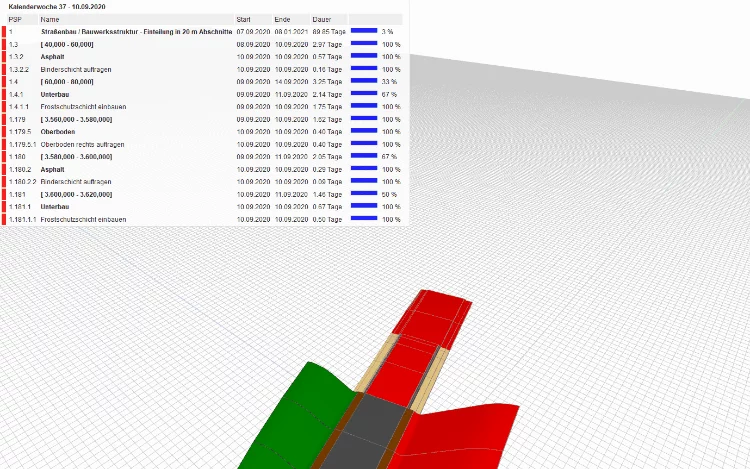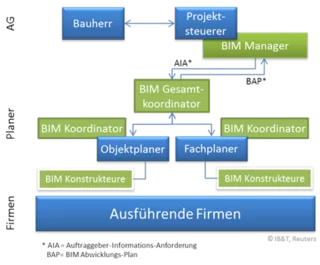Project Management
Good management is crucial to the success of a project. This also applies to BIM projects. There are, however, two crucial differences to conventional project management. Firstly, BIM means "first build digital, then build real". Concrete requirements for the project - not only for the planning, but also for the operation and, best case scenario, the demolition of a structure - must be defined from the very outset of a project. This is done in the so-called Organisational Information Requirements (OIR) document. In a BIM Execution Plan (BEP), the contractor explains before the contract is even awarded how he intends to fulfil the client's requirements in principle. Our BIM Competence Center is happy to support you in the preparation of both contract-relevant documents and is also available to advise you during the project on the updating and monitoring of these documents.
The second key success factor of the BIM methodology is "working with each other, not against each other". More than ever project participants have to work as a team in BIM projects. This sometimes requires a change of mindset among staff. The BIM methodology's goal is to set up a digital twin of the prospective project with a common overall model containing information on and three-dimensional images of all the trades involved in the construction. Modern solutions such as DESITE BIM/VDC Manager are used to coordinate this overall model.
4D Construction Shedule with DESITE BIM


